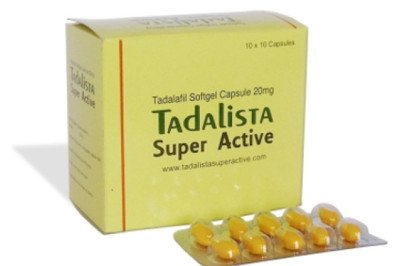views
The probiotics food & cosmetics market is projected to reach from USD 56.6 billion in 2021 to USD 84.5 billion by 2026, at a CAGR of 8.3% from 2021 to 2026. The global perception toward daily food products is shifting from products providing basic nutrition to those offering several health benefits, such as functional foods. Today, a wide range of functional foods have been developed, including probiotics, prebiotics, and symbiotic foods. These products have changed the approach of various food processors from considering food only as a source of energy and nutrition to biologically active food components that confer benefits on human health.
Download PDF brochure: https://www.marketsandmarkets.com/pdfdownloadNew.asp?id=22485898
Dietary supplements include tablets, capsules, powders, liquids, and pills, which are convenient forms of meeting the daily nutritional requirements of the body. Probiotic dietary supplements are not as popular as probiotic foods, especially in Asia Pacific, but have started gaining popularity over the past few years. North America is a huge market for probiotic dietary supplements due to the natural predisposition of consumers for taking supplements. Compared to European countries, people in the US are more willing to consume oral supplements. In the US, the FDA does not require pre-market approval of the health claims made by manufacturers of probiotic dietary supplements, which allows them to launch innovative products to cater to the increasing demand.
The most widely consumed bacteria strains are Lactobacilli, Bifidobacteria, and Streptococcus Thermophilusthermophilus, among others (Enterococcus, Bacillus, and Pediococcus). The primary benefit of incorporating scientifically derived bacterial strains in probiotic foods is the balance in the host’s intestinal microbiota and the subsequent enhancement of the immune system. The other advantages include balancing the pH of the large intestine, cholesterol reduction, prevention of diseases, treatment of tooth decay, and improvement in women’s health.
Probiotics are categorized as foods & beverages based on their intended uses and benefits, which, in turn, depends on probiotic microbes. The products under this category include foods & beverages that offer distinct health benefits beyond fundamental nutrition due to their specific ingredients. Probiotic ingredients are incorporated in a wide range of food & beverage applications such as dairy products, non-dairy beverages, cereals, and infant formula. The increasing consumer awareness related to probiotics is gradually gaining pace, which is expected to drive the investments in R&D for developing new products that contain probiotic ingredients.
Make an Inquiry: https://www.marketsandmarkets.com/Enquiry_Before_BuyingNew.asp?id=22485898
Probiotics are becoming one of the essential ingredients for various health and nutritional applications. Awareness regarding the benefits of ‘good bacteria’ has always been high in the European and Asia Pacific markets due to bacterially fermented milk products available in the regions. With the increase in diseases such as obesity, high blood pressure, and osteoporosis, consumers tend to maintain a healthy diet with the increased consumption of fortified foods, beverages, and dietary supplements.
Key players in this market include Probi AB (Sweden), Nestlé (Switzerland), ADM (US), Danone (France), DuPont (US), Yakult Honsha (Japan), Kerry (Ireland), BioGaia (Sweden), Esse Skincare (South Africa), and L’Oréal (France).











